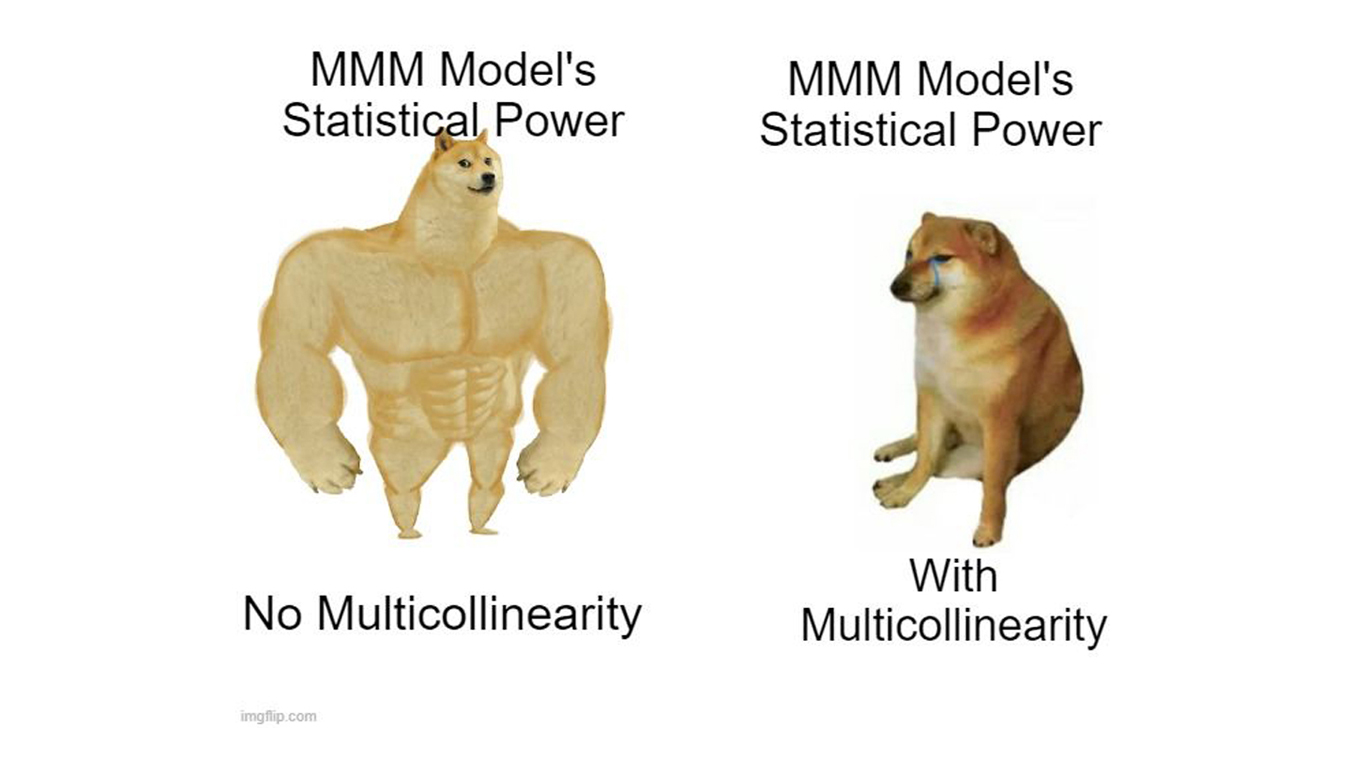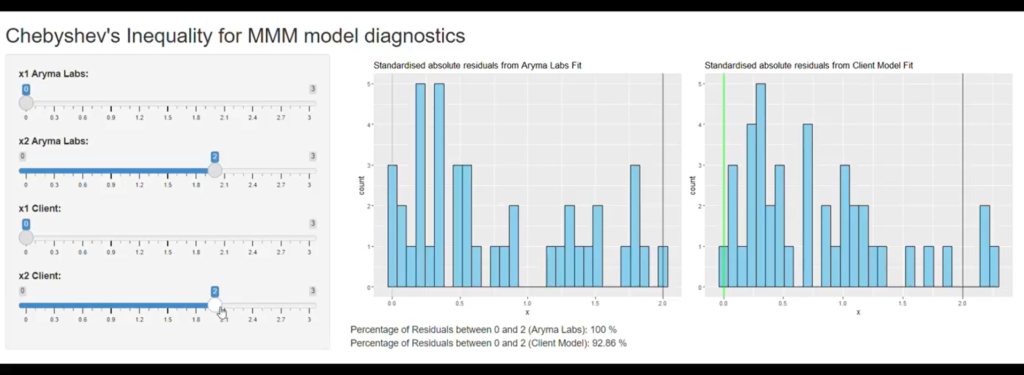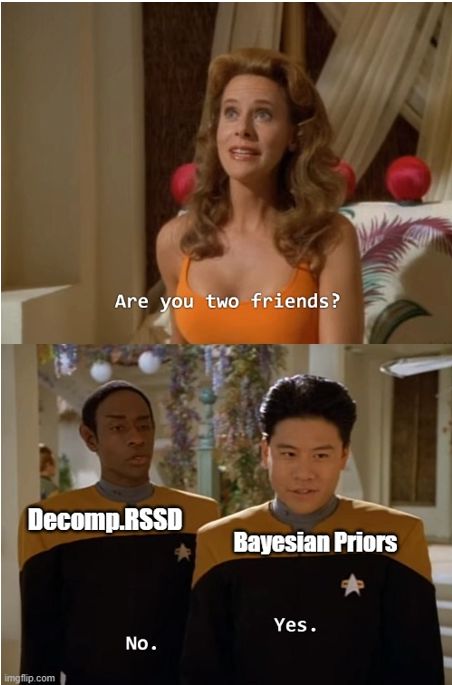If you are familiar with Marketing Mix Modeling (MMM) or just multi linear regression in general, you must have noticed the following effects at some point in time:
1) Signs of variables changing
2) Wide Confidence Intervals
3) Large Standard Errors
4) Inflated R Squared value
5) Overall bad model fit
These are tell tale signs of multicollinearity.
In the marketing mix modeling space, attribution is everything. Failure to do so is a huge downer.
Both Ridhima and I have talked about this issue in many of our posts (links to some in comments).
In this post however, I want to talk in depth about the statistical power.
Statistical power can be Eli5’ed as below (reference reddit):
“Statistical power could be considered analogous to the ‘magnifying power’ of a magnifying glass.
Suppose you have two objects positioned so close to another that you can’t tell by the naked eye whether they are physically connected or not. You know that the objects are either connected or not, but you need a magnifying glass in order to visualize the space between them (if it exists).
(Suppose we’re talking VERY tiny distances here)
In this analogy, the distance between the objects is analogous to an effect size, and you are attempting to show that the distance is >0.
If the distance is relatively large, then a weak magnifying glass would be sufficient to show that there is a difference between the two objects. However, if the distance is very small, you might need a very powerful magnifying glass before you could see any difference.
Similarly the more “powerful” a statistical test is, the smaller the difference between two quantities it can resolve (for some allowable degree of uncertainty).”
So taking the above analogy, Multicollinearity makes the two objects very hard to discern. Therefore it becomes really difficult to know the effect size of each variable. Thus the overall statistical power is lowered.
Multicollinearity is a signal redundancy problem rather than a signal deficit problem.
We at Aryma Labs have found good solutions to detect as well as mitigate the issue of Multicollinearity in our MMM models. Some of the solution links are below in resources section.
Resources:
Multicollinearity Posts:
1) https://www.linkedin.com/posts/ridhima-kumar7_marketingmixmodeling-marketingattribution-activity-7111329767273988096-ZhG4?utm_source=share&utm_medium=member_desktop
2) https://www.linkedin.com/posts/venkat-raman-analytics_marketingmixmodeling-marketingattribution-activity-7106973443807444992-H5Bq?utm_source=share&utm_medium=member_desktop
Solutions to Multicollinearity:
FAQ section: https://www.arymalabs.com/marketing-mix-modeling/
https://www.linkedin.com/posts/ridhima-kumar7_marketingmixmodeling-marketingattribution-activity-7119672601920114688-h-Fb?utm_source=share&utm_medium=member_desktop
Statistical power : https://www.reddit.com/r/AskStatistics/comments/nqsxbz/comment/h0d3scx/?utm_source=share&utm_medium=web2x&context=3




